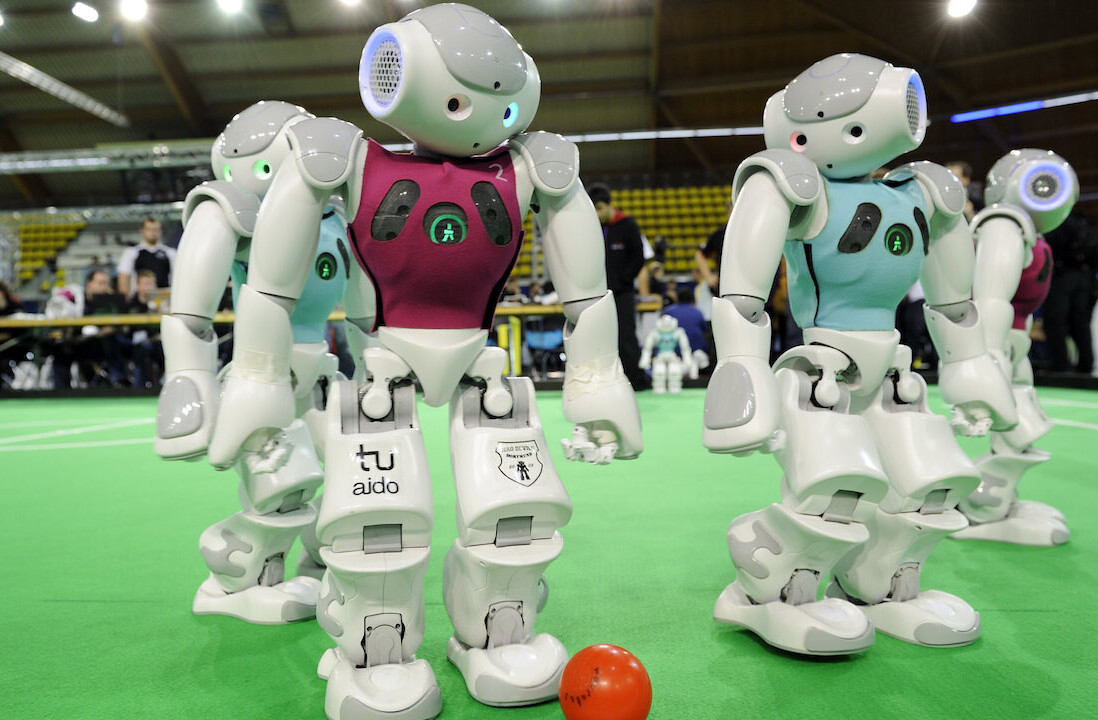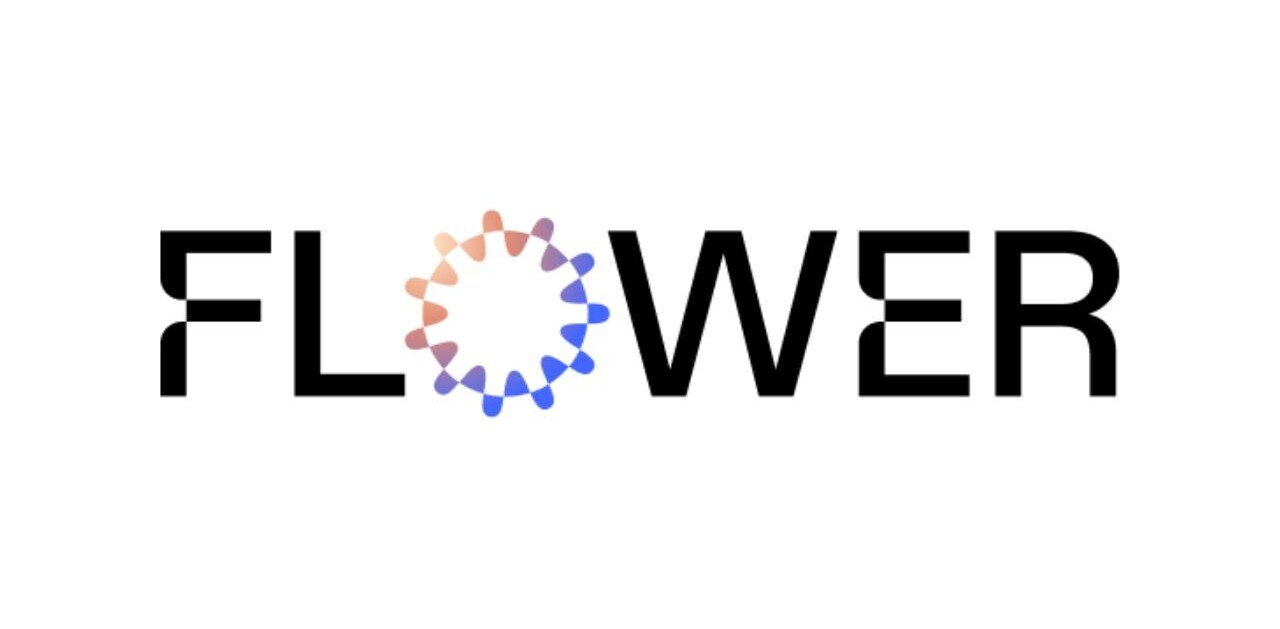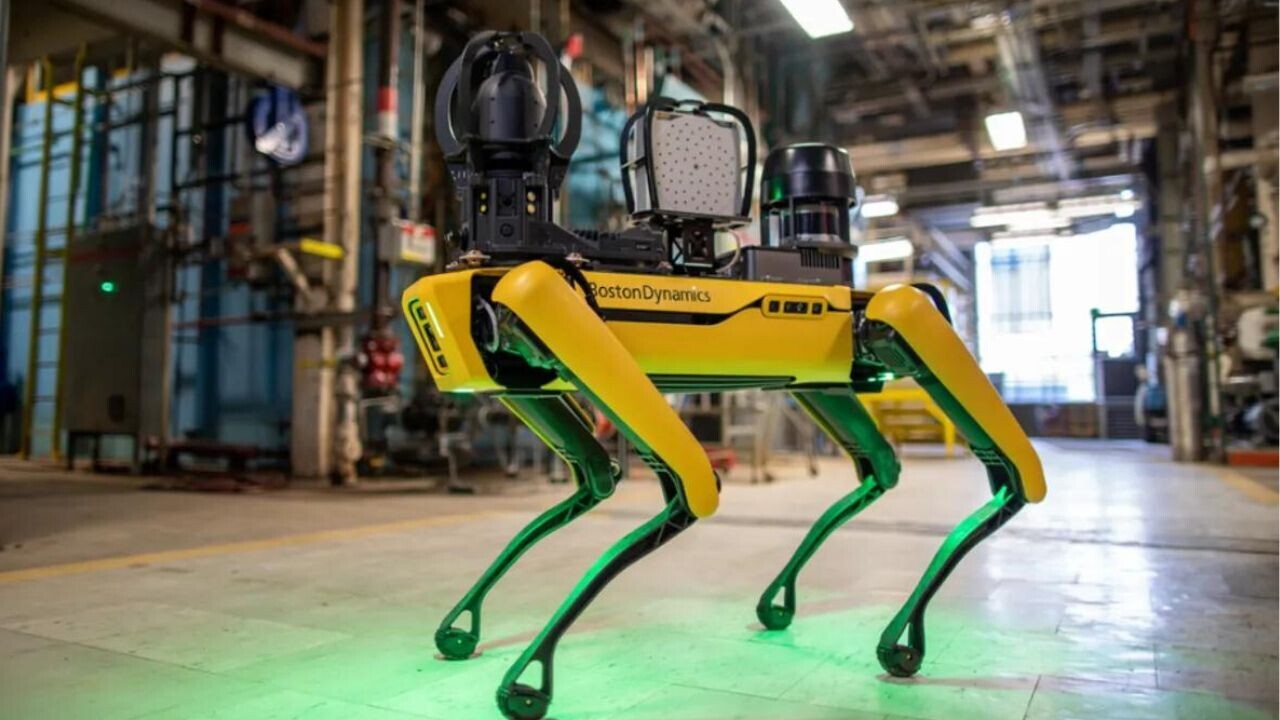
As part of the UK’s decommissioning efforts of the Dounreay nuclear site in Scotland, a dog-like robot has mapped out a radioactive section that’s been sealed off for 25 years.
Developed by Boston Dynamics, the quadruple robotic device, called “Spot,” is described as a “mobile agile robot.” Thanks to its ability to move over rough terrain, avoid obstacles, and climb stairs, it can monitor and collect data in hazardous areas.
At Dounreay, two Spots were deployed at an evaporator cell in the Fuel Cycle Area, which houses the facilities where the separation of spent fuel and the recovery of uranium and plutonium used to take place.
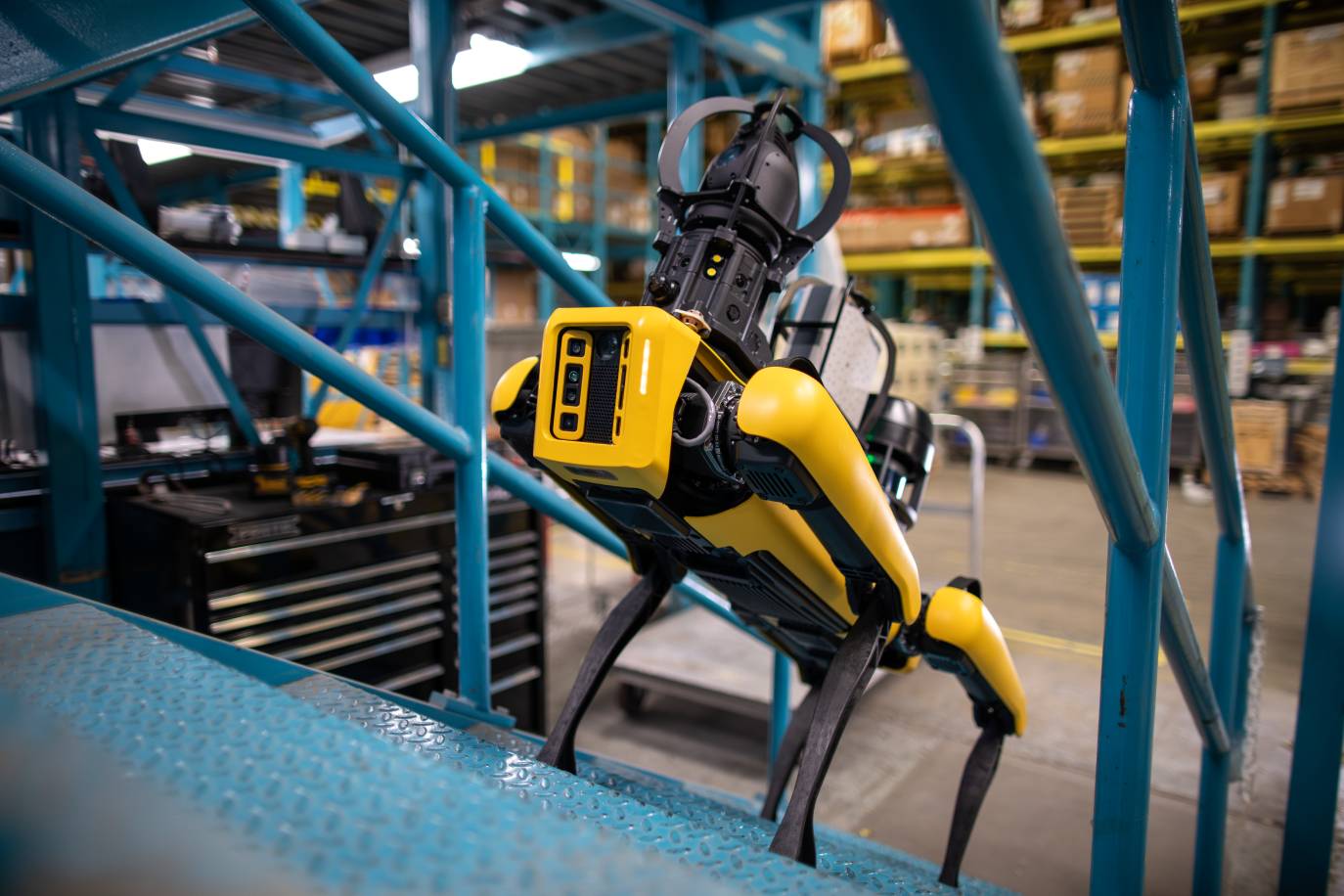
The trial was run by Dounreay personnel and staff from Createc, the systems integrator for Spot.
“The environment we were exploring was complex as it had not been accessed in over 20 years, so the team didn’t know what to expect: that’s what made the deployment so challenging,” said Createc’s Energy MD, Will Newsom.
Both Spot and its operators were initially trained on a wooden mock-up of the evaporator cell.
During the next phase, the robot, wrapped in a protective suit, climbed several flights of stairs and entered the actual cell. Once inside, Spot managed to accomplish its assigned mission.
Firstly, it produced a complete 3D map of the four-storey cell. Secondly, it collected radiological data to create a dosimetry map showing the areas with higher radioactivity levels.
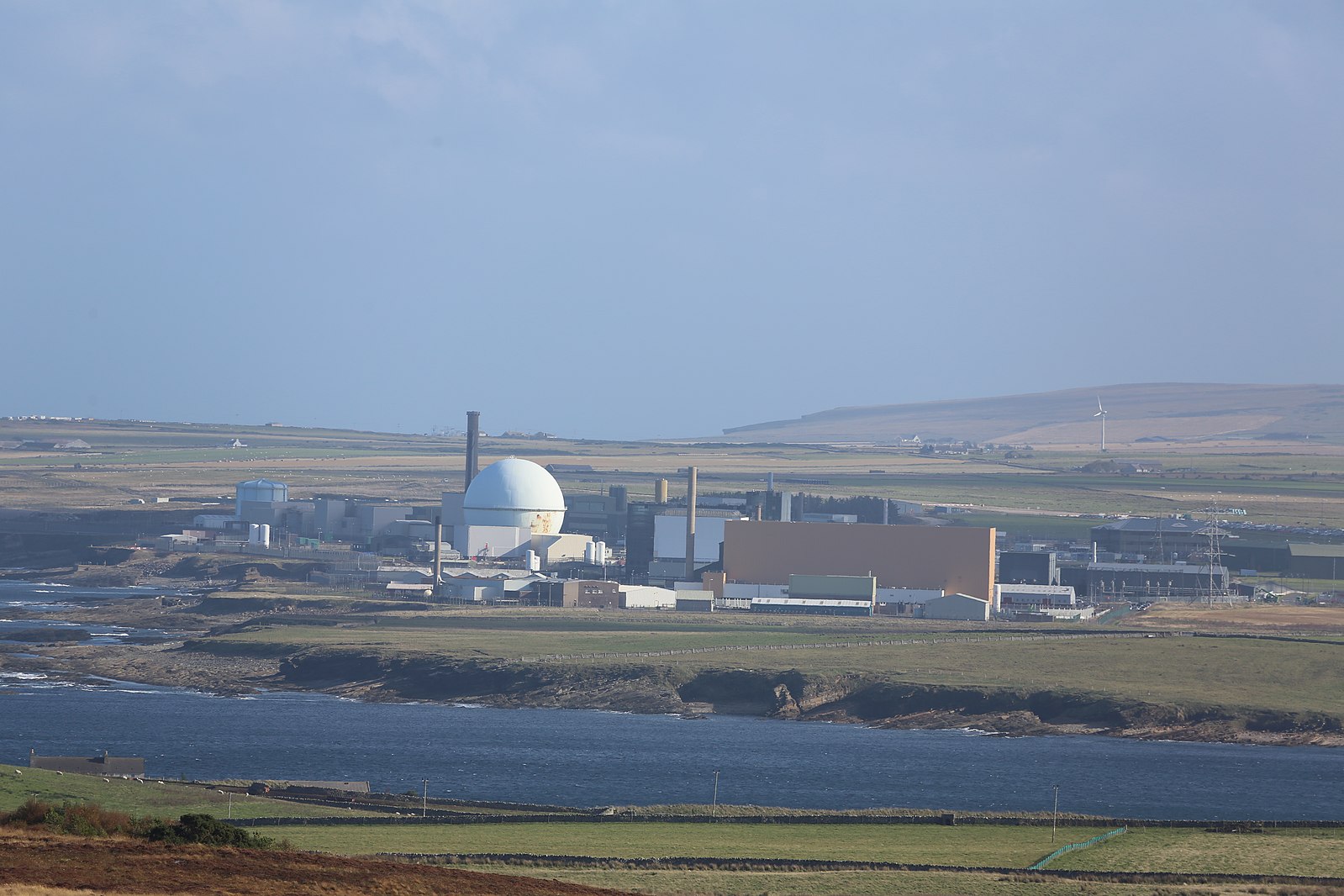
“By doing the initial groundwork, Spot has shown us the hazards that might affect workers who are tasked with the decommissioning. We will use the data to ensure that we mitigate those hazards and keep our people safe,” said Bernie Jones, Project Manager at Dounreay.
“This work also has the potential to save money on our decommissioning investigation,” Jones added.
Over the next months, the team will explore a series of seven additional use cases for the dog-like robot.
Get the TNW newsletter
Get the most important tech news in your inbox each week.

